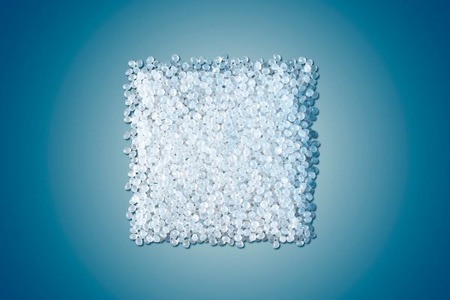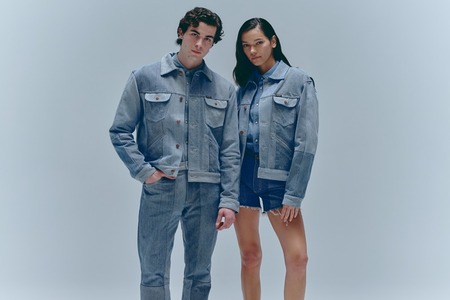
House of Fluff introduces plant-based fur in its new collection
YarnsandFibers News Bureau 2020-11-26 12:07:04 – USAAs animal lovers refuse to buy fur and leather, and although they are marketed as natural, both components undergo heavy chemical treatment before being dispatched for purchase. Faux provides other option keeping aesthetics in mind made from polyester, which debatably has its own environmental drawbacks. Polyester is high-emissions manufacturing, micro-plastic shedding, and the fact that it’s made from oil.
To tackle these problems and ensure circularity, House of Fluff has invested three years to develop its very own natural, animal-friendly and plant-based fur. With the launch of the brand’s new collection BioFurs and cactus leather, it joins the likes of Stella McCartney, who introduced a faux fur made of corn last year, and Reishi, an innovator in the mycelium “leather” space.
House of Fluff’s garments is easily accessible and mood-enhancing. The collection features BioFur hoodies, peacoats, and zip-ups are ultra-plush in a range of colours from ivory, camel, lavender to cobalt. All of them are sold for less than $500. The fashion house is able to meet these price points as the textiles are centrally developed ( rather than purchasing it from a textile mill) and it sells direct to consumers eliminating additional mark-ups. The owner that if many were not able to afford the innovations there was no point. The brand wants the pieces to easily fit into peoples lives. The BioFur is made from a top-secret corn polymer, but it does require a bit of recycled polyester to hold the fibres together. Canter stated that their ultimate goal was to remove polyester completely. In the meanwhile, the brand has found the upstream solution” to deal with the potential microplastics, which is an additive that’s used at the beginning of the textile manufacturing process. This helps waste management if any of the pieces were to end up in the ocean or the landfill the additive kicks in and a chemical begins to eat away at the microplastics. The textile acts as a natural fibre and completely decomposes.
The designer is ahead of the game as non of her peers have this technology yet. She believes that this could be a fix for the dependency on synthetics, which now make up the bulk of the clothing industry.
Market Intelligence
Ask for free sample Report

experience
Customer Base
dedicated team
Countries Served Worldwide









